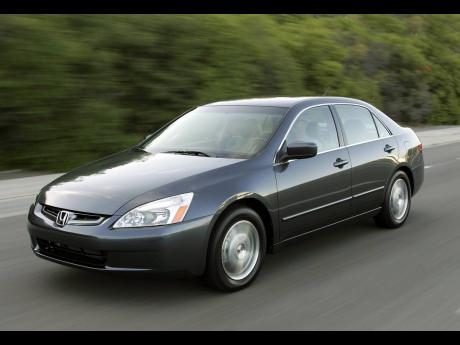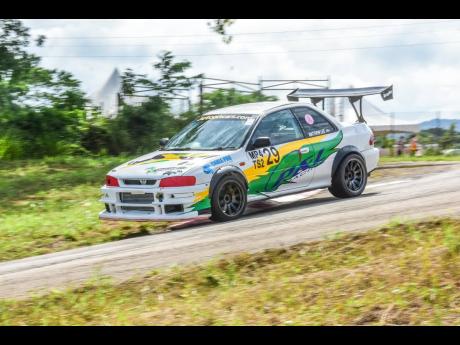Don’t ride the brakes … cover them
Like gear changing, the operation of the brakes of a car appears elementary. A driver simply steps on the pedal and waits for the car to obediently reduce its speed. In simple terms, how does the braking system work? It could be described in two words: Pascal’s Law.
Blaise Pascal was a 17th century French mathematician and philosopher who formulated the principle that a change of pressure at one point of a confined fluid is undiminished to all parts of the fluid.
“In a motor vehicle braking system, the brake lines are filled with just such a ‘confined fluid’,” says Kurt Harding, a St Andrew-based auto mechanic. “ When pressure is applied via the brake pedal from a piston in the master cylinder, pressure is transmitted equally to all four brakes. According to Harding, the pressure acts on the brake shoes forcing them against the drums, which revolve with the wheels. “The friction created by the shoes rubbing against the drums slows the motor vehicle.”
If the traffic is stable, a driver can maintain speed and continue driving. However, when a quick stop is necessary, the driver usually gets ready to stop by ‘hovering the brakes.’ “This technique involves taking your foot off the accelerator and holding it over the brake pedal, ready to brake,” says Anthony Brown, auto mechanic. He explained that the purpose of ‘hovering the brake’ is to stop quickly and in time in an emergency.
It is advised that, as you approach parked cars, you glance through their rear windows to observe if someone is sitting inside. Brake lights, signal lights, exhaust smoke or wheels turned outward are all clues to alert you, the driver.
While driving past parked vehicles, ensure that you look out for a car door that might open unexpectedly. Drive at least one car’s width away from parked cars, if your road is wide enough. When you find yourself needing to ‘hover the brake’, avoid driving with your foot on the brake pedal so that the brake lights remain on. This action is called ‘riding the brakes’. The driver behind will assume that you are going to slow down or stop when your brake lights are on for any length of time.
If you do not slow or stop, the driver behind will become confused or even angry. Flash brake lights only to warn drivers behind that you intend to slow or stop. According to Kurt Harding, riding the brakes will also wear them out faster than normal. Take note that the great enemy of efficient braking is heat. Friction caused by the rubbing of the shoes against the surface of the drums generates terrific heat, the same sort that is built up when you rub the palms of your hands together.


